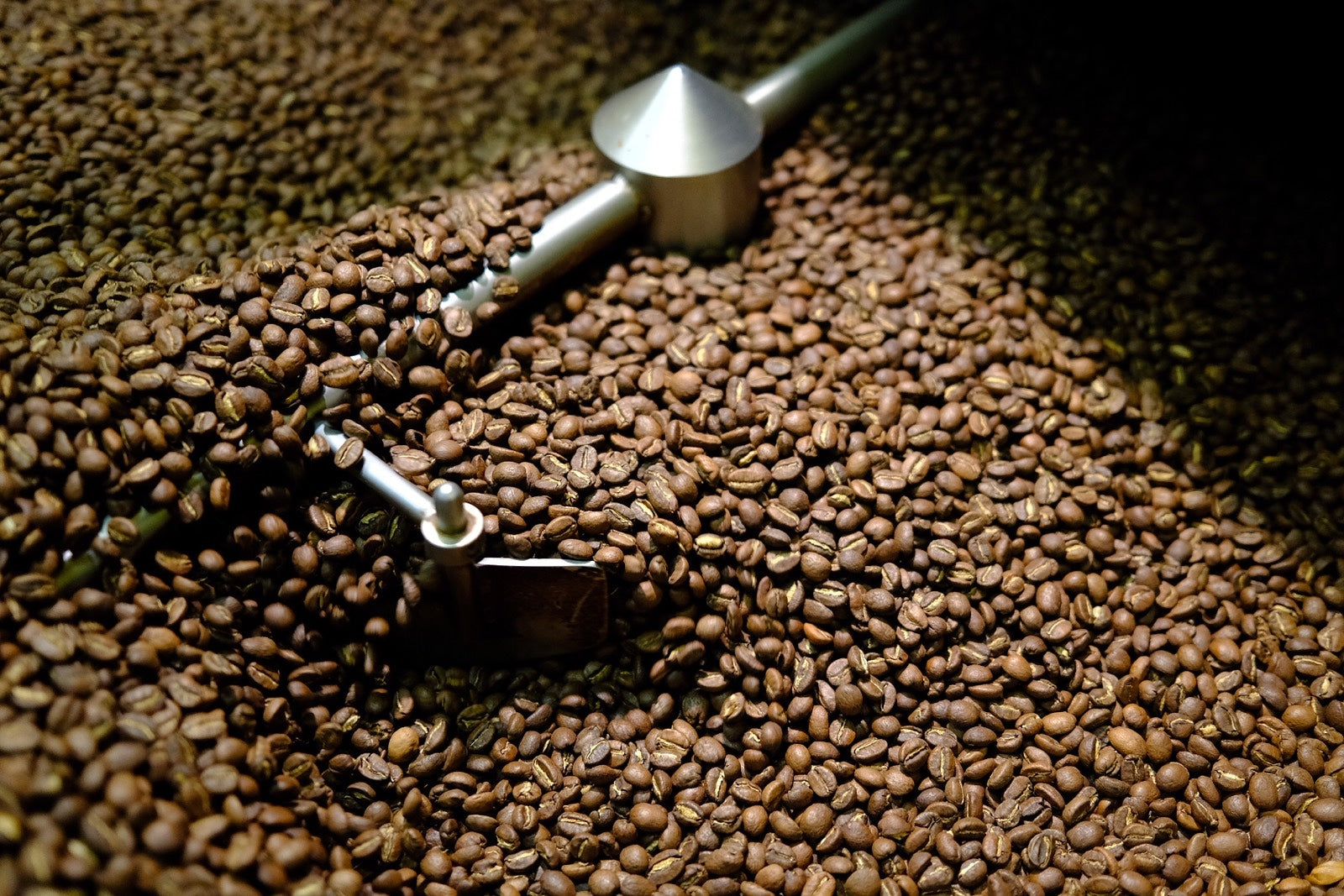Seed to Cup: Coffee Processing Methods
“Coffee processing” describes the various methods by which the fruit of the cherry that surrounds the seed is separated from that seed, which is dried and prepared for roasting. Some core strategies of processing are natural process, washed process, honey process (pulped-natural), and wet hull processing.
In the natural process, the coffee cherry is dried by the sun to separate the seed from the surrounding pulp. With natural processing, the fruit, nutrients, and sugars of the pulp migrate into the seed, joining the nutrients and sugars already in the seed, during the drying process.
The method of “washing” green coffee to separate seed from pulp is thought of, in some circles, as providing a more balanced and cleaner cup, whereas the natural process provides unique flavor characteristics. Washing stabilizes the bean very quickly and is often used to ensure a solid crop.
Honey processed coffee (also know as the pulped-natural process in Brazil.) is a method where the skin of the fruit is removed but the mucilage -the sticky, fleshy part surrounding the seed- remains attached to the seed while it is dried.
The wet hulled process is typically used in regions where high humidity prevents normal sorting methods. Similar to washed coffee in method, wet hulled is different in that the parchment of the seed is removed while it is still wet.



